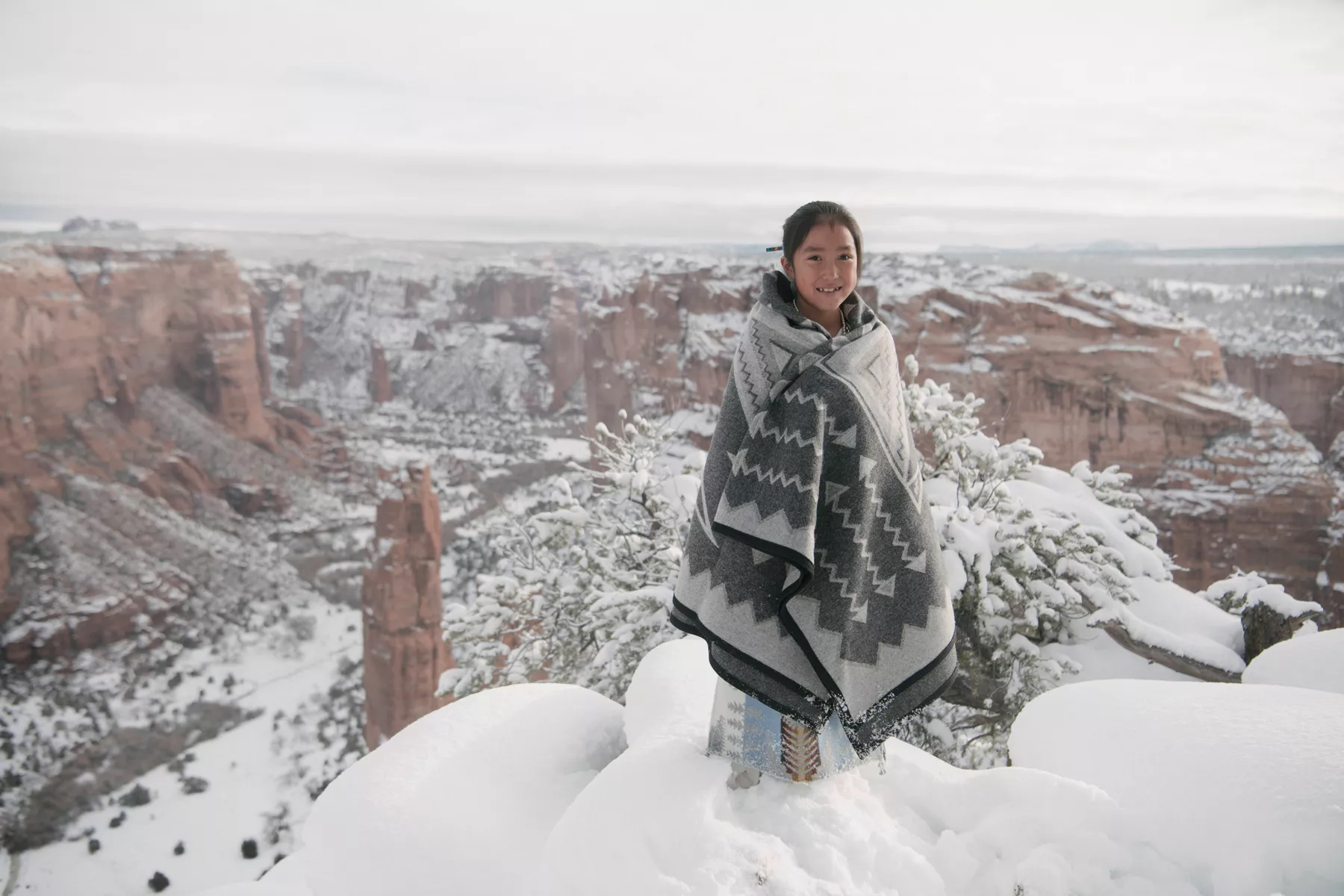Over the years, I’ve taken on an ambassador role of sorts between Indigenous communities I capture and the wider mainstream media audience—relying on my Nanai/Hèzhé (Siberian Native) and Chinese-American heritage. It’s a responsibility I take quite seriously because the access to experiences and stories that I capture are not my own. It’s a collaborative effort to get the stories right—to really understand what issues look like from particular Indigenous cultural perspectives—and how to see a community the way it sees itself. What transpires next is a translation to the wider audience to help them understand what are often vast cultural differences.

Much of the work I do is important today because Native communities are so marginalized—Indigenous peoples make up around 5% of the world’s population, but our stories are incredibly important and becoming more so. For example, 80 percent of the world’s biodiversity exists on lands managed by Indigenous peoples. That’s 80 percent managed by 5 percent. It seems only fair that such an outsized influence on the world should receive more attention, and in a way that’s both accurate and culturally-sensitive.

Mainstream audiences often want to see universal themes and elements that apply to themselves as well. However, many Indigenous cultures perceive the world from a localized viewpoint and possess a different set of values. It’s my hope to impart even a small portion of that understanding to people, especially Native youth, who are often subjected to intense assimilation.

I spent a week in January of 2019 photographing life on the rural Navajo Nation, particularly young families that were part of the Family Spirit program sponsored by the tribe and Johns Hopkins. While there, I observed many families deeply engaged in contemporary Diné life, while carefully passing their culture forward. My short time there was enough to paint a vivid picture of the people—the sacred heart of the Nation.

It’s the desert in January. Here, in Arizona, is the upper rim of Canyon de Chelly, a sculpted red rock gorge that compares well with the Grand Canyon for its craggy juniper trees and vibrant colors.

I hadn’t expected the reds and oranges to be covered in the soft whiteness of snow. My Navajo friends and guides, however, are completely undaunted. This is their home, and they are as excited about the freshly-fallen snow as children. For those that call themselves Diné, also known as Navajo, snow in their ancestral canyon is a timeless special event and something to celebrate.

The Johns Hopkins Center for American Indian Health, which brought me here, has sponsored a program to help young Navajo families learn to be new parents in a culturally sensitive fashion. My job is to document the program and a way of life for these young Navajo in remote areas of their land. As assimilation by the United States has increased over the past centuries, the need has never been greater for Indigenous youth to know and understand their cultures.

That’s not far from my mind at the top of the canyon when I observe Kristin and Danielle frolicking in the snow with the juniper trees. One is standing under a tree laden with snow, while the other vigorously shakes a flurry from the branches onto her friend. As the snow descends, Kristin collects it in her hands and splashes her face with it. It’s approximately 30 degrees Fahrenheit right now, and with the wind chill, it’s biting, but Kristin remains undeterred, enjoying the snow down her sweater and through her hair.

This, they tell me, is snow-bathing. Elders have asserted that partaking in snow is to remain strong and prepared for hardships. Snow-bathing also addresses hygiene and wellness. For Kristin and Danielle, it’s evidently about enjoying a good laugh and cherishing the moment, as they exchange playful provocations and laughter down the canyon. And that’s the essence of life for the Diné in contemporary times. There’s a unique amalgamation of ancient tradition, modern technologies, and spiritual resilience.


As I worked across the Navajo Nation, I encountered Diné cowboys herding cattle to market, young couples with their first babies tending to them in traditional cradleboards, and medicine people performing healing rituals for their communities.

Everywhere I looked, I encountered individuals striving to overcome the past legacies of colonization and forced assimilation. I observed young people reclaiming their cultural traditions and efforts to pass them on. As I listened to the sounds of Kristin and Danielle’s joyful snow battle reverberating across the canyon, it became evident to me that the future for the Navajo Nation is bright and resilient.






